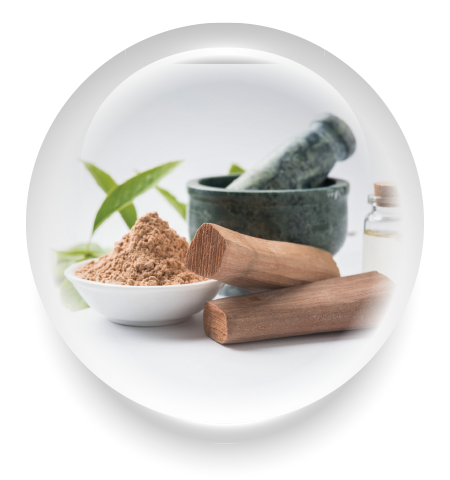The Laboratoire Ethnodyne
Methodology

With respect to research and development of new products, laboratory scientists use a methodology adapted to ethnopharmacology. Indeed, the wealth of traditional pharmacopoeia and vernacular know-how as well as the diversity of basic materials impose a rigorous selectivity.
CHOICE OF THE NATURAL SUBSTANCES
The choice of the natural substances to study results from the confrontation and the crossing of the investigations carried out on the ground and the bibliographic exegesis including the written corpora, the databanks, the international publications etc ...
A pilot test of animal or even clinical pharmacology is then carried out . When the therapeutic benefit is proven, comes to the chemistry that enables the identification of the active principles responsible for the observed effects, and these results are valued by e patent filing request. Sometimes we must resolve to find that the effectiveness of the plant is simply due to the totum .
A RIGOROUS METHODOLOGY IN 3 PHASES
Our methodology is divided into 3 phases : exploration, identification and experimentation.
1. Exploration phase
The choice of products to be studied results from the analysis of available data on potentially valuable plant species (field surveys, bibliographic research, studies of international publications, databases ...)
2. Identification phase
Identification phase of the active principle (s) responsible for the effects observed using appropriate scientific techniques.
3. Experimentation phase
If possible and whenever all risk is formally excluded, clinical trials are conducted to validate the efficacy of the product.
